Introduction
Large-cap stocks represent well-established companies with substantial market value, often characterized by financial stability and consistent performance. For income-focused investors, high-dividend-paying stocks can provide steady returns, making them an appealing option for building wealth over time. Understanding the significance of dividends and the role they play in investment strategies is essential for those looking to maximize financial growth while minimizing risk.
Understanding Large-Cap Stocks
Large-cap stocks refer to shares of companies with a market capitalization of $10 billion or more. These companies are typically well-established, financially stable, and often industry leaders. Large-cap stocks are commonly included in major stock indexes such as the S&P 500, Dow Jones Industrial Average, and Nasdaq Composite. Large-cap companies share several characteristics that make them attractive to investors. They tend to have strong revenue streams, consistent profitability, and well-established market positions.
Additionally, large-cap stocks are often transparent. Many large-cap companies distribute dividends regularly, offering investors a steady income stream. These dividends can be reinvested to compound returns over time, making them an attractive option for income-focused investors.
Why Investors Seek High-Dividend Stocks
Dividend income provides investors with a steady stream of earnings, making it an attractive option for those seeking financial stability. Companies that consistently pay dividends often demonstrate strong financial health, which can be reassuring for investors. Additionally, reinvesting dividends can lead to compounded returns over time, further enhancing portfolio growth. By including dividend-paying stocks from various industries, investors can mitigate the impact of market volatility. Diversification ensures that even if one sector experiences a downturn, dividend income from other sectors can help balance losses. When comparing dividend stocks to growth stocks, investors must consider their financial goals and risk tolerance.
Criteria for Selecting High-Dividend Large-Cap Stocks
Dividend yield and payout ratio are essential metrics for evaluating high-dividend large-cap stocks. The dividend yield represents the percentage of a company's share price that is paid out as dividends annually, helping investors assess the return on their investment. The payout ratio, on the other hand, indicates the proportion of earnings distributed as dividends, providing insight into a company's ability to sustain its dividend payments.
Investors should analyze key financial indicators such as profitability, liquidity, and solvency to gauge a company's overall fiscal strength. Additionally, businesses with a history of stable earnings and prudent financial management tend to be reliable choices for dividend-focused investors. Industry trends and economic factors significantly impact dividend payments. During economic downturns, businesses may reduce or suspend dividends to preserve cash, while periods of economic growth often lead to increased payouts.
Top Large-Cap Stocks with High Dividends
Large-cap stocks with high dividend yields are often sought after by income-focused investors. These companies typically have strong financial foundations and a history of consistent dividend payments. Some of the top dividend-paying large-cap stocks include AbbVie, Chevron, Enbridge, Pfizer, and Verizon. Analyzing the financial performance and dividend history of these companies provides insight into their stability and reliability. Historical dividend data can help investors assess whether a company has consistently increased its payouts or faced periods of decline.
Certain sectors are known for offering high-dividend stocks, including energy, utilities, finance, and consumer staples. Energy companies, such as oil and gas firms, often provide substantial dividends due to their profitability and cash flow generation. Utilities are another reliable sector, as they operate in regulated industries with stable revenue streams. Financial institutions, including banks and insurance firms, frequently distribute dividends to shareholders. Consumer staples companies, which produce essential goods, also tend to maintain consistent dividend payments due to steady demand for their products.
Industry Breakdown of High-Dividend Large-Cap Stocks
The energy sector is home to several oil and gas companies that consistently provide strong dividend payouts. Companies like ExxonMobil, Chevron, and TotalEnergies have maintained steady earnings and shareholder returns despite market fluctuations. Investors seeking high-yield energy stocks often look for companies with low breakeven costs and strong cash flow generation.
The financial sector includes banks and insurance firms that offer consistent dividends. Institutions such as JPMorgan Chase, Bank of America, and U.S. Bancorp have historically provided stable dividend payments due to their strong balance sheets and profitability. Consumer goods companies are known for their reliable dividend payments, as they operate in industries with steady demand.
Established brands like Procter & Gamble, Coca-Cola, and PepsiCo have maintained long-term dividend growth, making them attractive to income-focused investors. The healthcare sector features pharmaceutical companies with attractive dividend yields. Firms such as Pfizer, AbbVie, and Johnson & Johnson have a strong history of dividend payments, supported by their robust revenue streams and innovation in medical treatments.
Risks and Considerations When Investing in High-Dividend Stocks
High-dividend stocks can be appealing, but investors must consider the risk of dividend cuts and financial instability. Companies may reduce or eliminate dividends due to declining earnings, increased debt, or shifting business strategies. A high payout ratio can indicate that a company is distributing most of its profits, leaving little room for reinvestment or financial flexibility.
Economic downturns can significantly impact dividend payments, as companies often prioritize financial stability over shareholder distributions. Historically, dividend payments have been less volatile than stock prices, but they are still susceptible to economic cycles. Balancing dividend yield with stock price appreciation is crucial for long-term investment success.
Strategies for Investing in High-Dividend Large-Cap Stocks
Long-term and short-term dividend investing offer distinct advantages depending on an investor’s financial goals. Long-term dividend investing focuses on companies with a history of stable and growing dividend payments, allowing investors to benefit from compounding returns over time. Short-term dividend investing, on the other hand, involves purchasing stocks with high yields for immediate returns, often requiring active management to maximize gains.
Diversification is essential for building an income-focused portfolio that minimizes risk while maximizing returns. Additionally, incorporating bonds, real estate investment trusts (REITs), and other income-generating assets can further strengthen portfolio resilience. Reinvesting dividends is a powerful strategy for compound growth, allowing investors to maximize returns over time. Dividend reinvestment plans (DRIPs) automatically reinvest earnings into additional shares, increasing the overall investment value.
Case Studies of Successful High-Dividend Large-Cap Stocks
Several large-cap companies have demonstrated strong dividend growth over the years, making them attractive to income-focused investors. Companies such as MSCI Inc., Hershey, and Procter & Gamble have consistently increased their dividend payouts, reflecting their financial stability and commitment to shareholder returns. Investors seeking reliable dividend stocks often look for companies with a history of annual dividend increases and strong financial fundamentals. Historical performance and investor returns indicate that dividend-paying stocks can provide long-term stability and wealth accumulation.
Over the decades, stocks with consistent dividend growth have outperformed broader market indexes during economic downturns. Lessons learned from successful dividend investing stories highlight the importance of patience and strategic selection. Investors who focus on companies with sustainable dividend growth, strong balance sheets, and industry leadership often achieve long-term financial success. Case studies of individuals who have built wealth through dividend investing emphasize the value of reinvesting dividends and maintaining a diversified portfolio.
Conclusion
Investing in high-dividend large-cap stocks offers a balanced approach to building wealth and generating consistent income. By understanding the characteristics of dividend-paying companies, assessing financial stability, and considering industry trends, investors can make informed decisions. Diversification and reinvestment strategies further enhance portfolio resilience, ensuring steady returns over time. While risks such as dividend cuts and economic fluctuations exist, selecting strong, well-managed companies can mitigate potential challenges. With careful research and a long-term perspective, high-dividend stocks can be a valuable addition to any investment strategy.
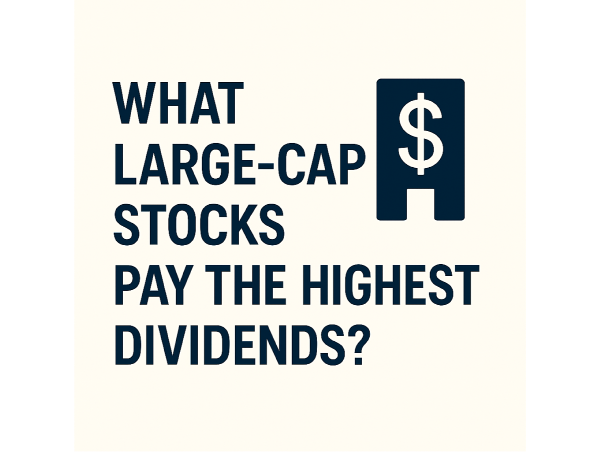

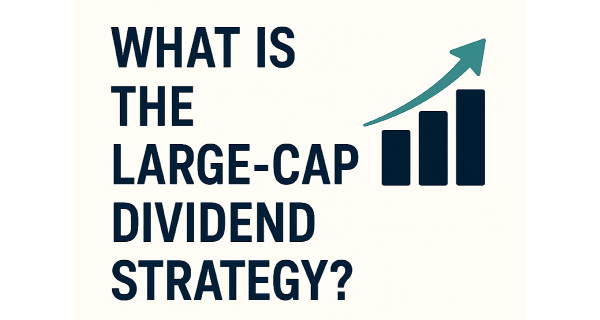
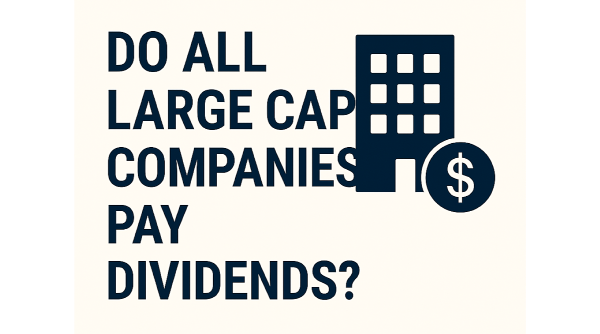
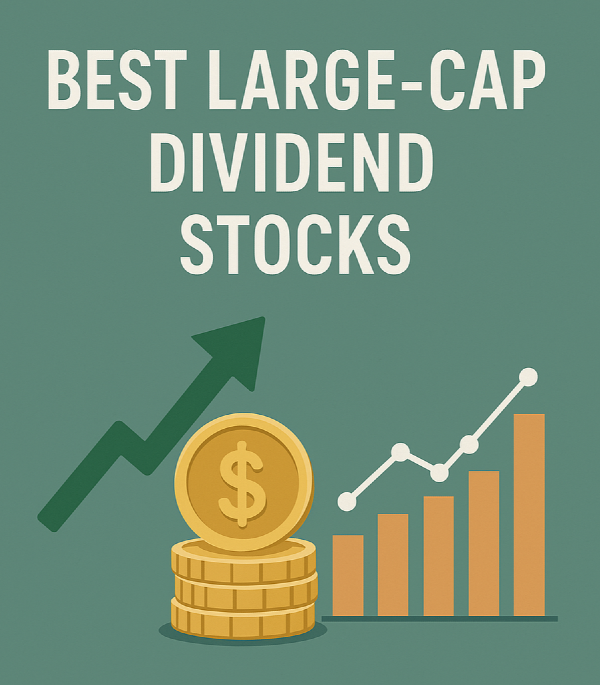
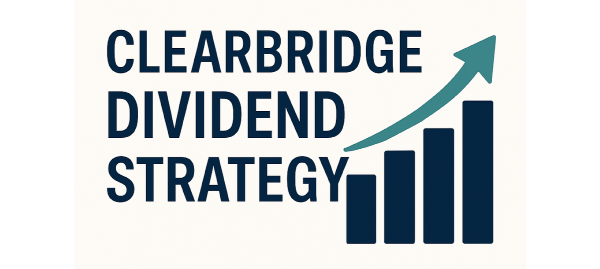

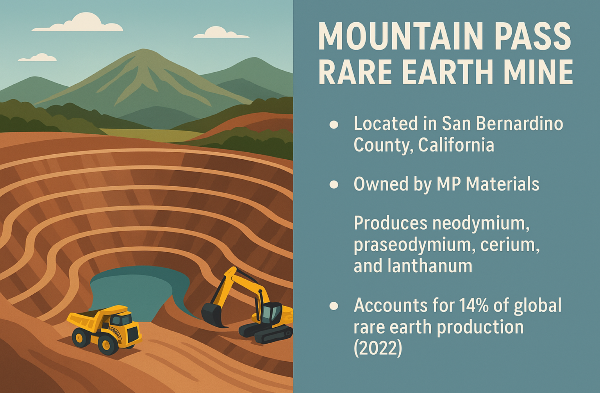
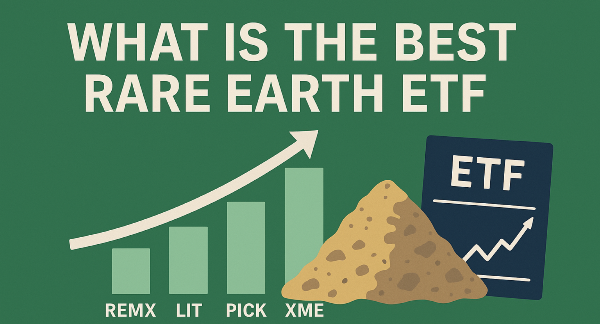



















Introduction
Large-cap stocks represent well-established companies with substantial market value, often characterized by financial stability and consistent performance. For income-focused investors, high-dividend-paying stocks can provide steady returns, making them an appealing option for building wealth over time. Understanding the significance of dividends and the role they play in investment strategies is essential for those looking to maximize financial growth while minimizing risk.
Understanding Large-Cap Stocks
Large-cap stocks refer to shares of companies with a market capitalization of $10 billion or more. These companies are typically well-established, financially stable, and often industry leaders. Large-cap stocks are commonly included in major stock indexes such as the S&P 500, Dow Jones Industrial Average, and Nasdaq Composite. Large-cap companies share several characteristics that make them attractive to investors. They tend to have strong revenue streams, consistent profitability, and well-established market positions.
Additionally, large-cap stocks are often transparent. Many large-cap companies distribute dividends regularly, offering investors a steady income stream. These dividends can be reinvested to compound returns over time, making them an attractive option for income-focused investors.
Why Investors Seek High-Dividend Stocks
Dividend income provides investors with a steady stream of earnings, making it an attractive option for those seeking financial stability. Companies that consistently pay dividends often demonstrate strong financial health, which can be reassuring for investors. Additionally, reinvesting dividends can lead to compounded returns over time, further enhancing portfolio growth. By including dividend-paying stocks from various industries, investors can mitigate the impact of market volatility. Diversification ensures that even if one sector experiences a downturn, dividend income from other sectors can help balance losses. When comparing dividend stocks to growth stocks, investors must consider their financial goals and risk tolerance.
Criteria for Selecting High-Dividend Large-Cap Stocks
Dividend yield and payout ratio are essential metrics for evaluating high-dividend large-cap stocks. The dividend yield represents the percentage of a company's share price that is paid out as dividends annually, helping investors assess the return on their investment. The payout ratio, on the other hand, indicates the proportion of earnings distributed as dividends, providing insight into a company's ability to sustain its dividend payments.
Investors should analyze key financial indicators such as profitability, liquidity, and solvency to gauge a company's overall fiscal strength. Additionally, businesses with a history of stable earnings and prudent financial management tend to be reliable choices for dividend-focused investors. Industry trends and economic factors significantly impact dividend payments. During economic downturns, businesses may reduce or suspend dividends to preserve cash, while periods of economic growth often lead to increased payouts.
Top Large-Cap Stocks with High Dividends
Large-cap stocks with high dividend yields are often sought after by income-focused investors. These companies typically have strong financial foundations and a history of consistent dividend payments. Some of the top dividend-paying large-cap stocks include AbbVie, Chevron, Enbridge, Pfizer, and Verizon. Analyzing the financial performance and dividend history of these companies provides insight into their stability and reliability. Historical dividend data can help investors assess whether a company has consistently increased its payouts or faced periods of decline.
Certain sectors are known for offering high-dividend stocks, including energy, utilities, finance, and consumer staples. Energy companies, such as oil and gas firms, often provide substantial dividends due to their profitability and cash flow generation. Utilities are another reliable sector, as they operate in regulated industries with stable revenue streams. Financial institutions, including banks and insurance firms, frequently distribute dividends to shareholders. Consumer staples companies, which produce essential goods, also tend to maintain consistent dividend payments due to steady demand for their products.
Industry Breakdown of High-Dividend Large-Cap Stocks
The energy sector is home to several oil and gas companies that consistently provide strong dividend payouts. Companies like ExxonMobil, Chevron, and TotalEnergies have maintained steady earnings and shareholder returns despite market fluctuations. Investors seeking high-yield energy stocks often look for companies with low breakeven costs and strong cash flow generation.
The financial sector includes banks and insurance firms that offer consistent dividends. Institutions such as JPMorgan Chase, Bank of America, and U.S. Bancorp have historically provided stable dividend payments due to their strong balance sheets and profitability. Consumer goods companies are known for their reliable dividend payments, as they operate in industries with steady demand.
Established brands like Procter & Gamble, Coca-Cola, and PepsiCo have maintained long-term dividend growth, making them attractive to income-focused investors. The healthcare sector features pharmaceutical companies with attractive dividend yields. Firms such as Pfizer, AbbVie, and Johnson & Johnson have a strong history of dividend payments, supported by their robust revenue streams and innovation in medical treatments.
Risks and Considerations When Investing in High-Dividend Stocks
High-dividend stocks can be appealing, but investors must consider the risk of dividend cuts and financial instability. Companies may reduce or eliminate dividends due to declining earnings, increased debt, or shifting business strategies. A high payout ratio can indicate that a company is distributing most of its profits, leaving little room for reinvestment or financial flexibility.
Economic downturns can significantly impact dividend payments, as companies often prioritize financial stability over shareholder distributions. Historically, dividend payments have been less volatile than stock prices, but they are still susceptible to economic cycles. Balancing dividend yield with stock price appreciation is crucial for long-term investment success.
Strategies for Investing in High-Dividend Large-Cap Stocks
Long-term and short-term dividend investing offer distinct advantages depending on an investor’s financial goals. Long-term dividend investing focuses on companies with a history of stable and growing dividend payments, allowing investors to benefit from compounding returns over time. Short-term dividend investing, on the other hand, involves purchasing stocks with high yields for immediate returns, often requiring active management to maximize gains.
Diversification is essential for building an income-focused portfolio that minimizes risk while maximizing returns. Additionally, incorporating bonds, real estate investment trusts (REITs), and other income-generating assets can further strengthen portfolio resilience. Reinvesting dividends is a powerful strategy for compound growth, allowing investors to maximize returns over time. Dividend reinvestment plans (DRIPs) automatically reinvest earnings into additional shares, increasing the overall investment value.
Case Studies of Successful High-Dividend Large-Cap Stocks
Several large-cap companies have demonstrated strong dividend growth over the years, making them attractive to income-focused investors. Companies such as MSCI Inc., Hershey, and Procter & Gamble have consistently increased their dividend payouts, reflecting their financial stability and commitment to shareholder returns. Investors seeking reliable dividend stocks often look for companies with a history of annual dividend increases and strong financial fundamentals. Historical performance and investor returns indicate that dividend-paying stocks can provide long-term stability and wealth accumulation.
Over the decades, stocks with consistent dividend growth have outperformed broader market indexes during economic downturns. Lessons learned from successful dividend investing stories highlight the importance of patience and strategic selection. Investors who focus on companies with sustainable dividend growth, strong balance sheets, and industry leadership often achieve long-term financial success. Case studies of individuals who have built wealth through dividend investing emphasize the value of reinvesting dividends and maintaining a diversified portfolio.
Conclusion
Investing in high-dividend large-cap stocks offers a balanced approach to building wealth and generating consistent income. By understanding the characteristics of dividend-paying companies, assessing financial stability, and considering industry trends, investors can make informed decisions. Diversification and reinvestment strategies further enhance portfolio resilience, ensuring steady returns over time. While risks such as dividend cuts and economic fluctuations exist, selecting strong, well-managed companies can mitigate potential challenges. With careful research and a long-term perspective, high-dividend stocks can be a valuable addition to any investment strategy.